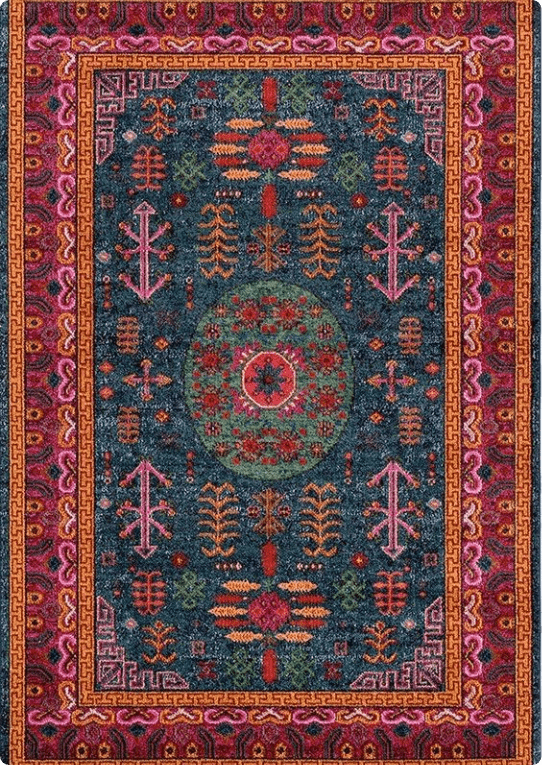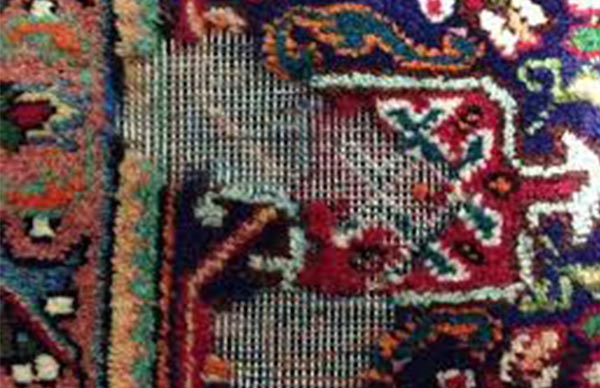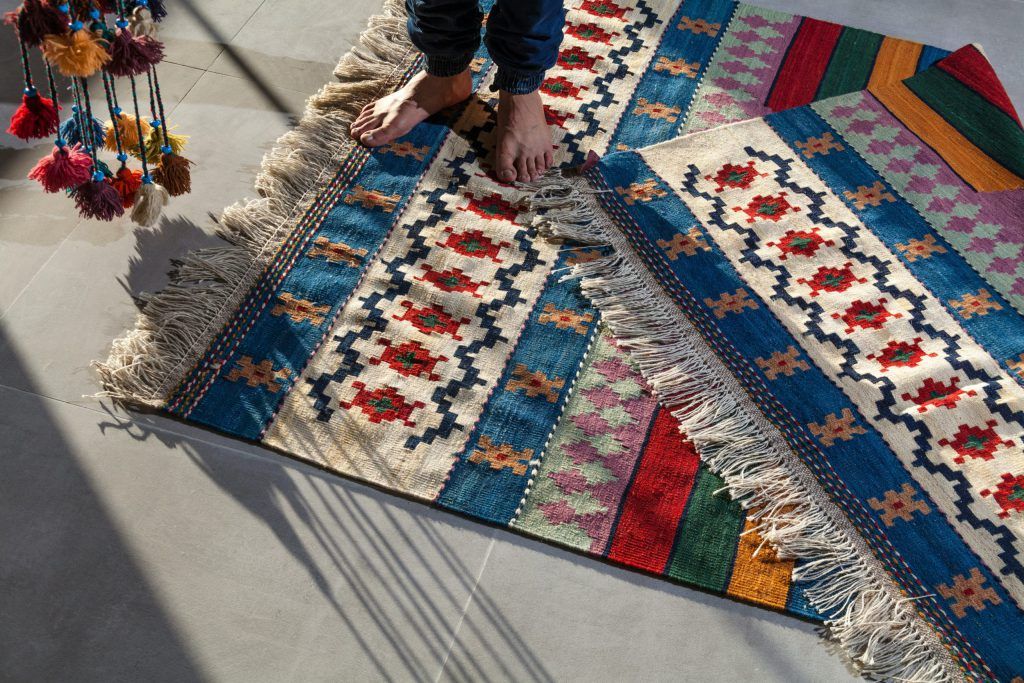
Insects are one of the main enemies of your carpet and you need to protect your handmade carpet against them. Insects such as termites, willows and carpet beetles can cause a lot of damage to the carpet. In the meantime, moth infestation is one of the worst injuries that carpets face. Today we will talk to you about the need to take moth seriously and ways to prevent it.


Depending on the weather conditions, there are different insects in different areas that may damage the carpet. Termites, crickets, locusts, carpet beetles and willows are among these insects. The moth is the most dangerous of them all. This insect feeds on the protein in the wool fibers of handmade carpets. Carp is damaged by willow, moth or corrosion. If no action is taken against the moth, this insect will destroy the entire carpet and leave only the carpet.
The moth is a small yellow butterfly that lays its eggs between the fibers of carpets or woolen clothes. The length of this insect is from 9 to 12 mm. A female willow can lay 100 eggs on the carpet in less than a month. Baby moths damage carpets more than adult moths. Because they need more protein in carpet fibers to grow. The baby moths lay eggs again when they mature, and this process does not stop.
Creatine protein, which is the nourishing source of willow, is found only in wool fibers. Synthetic fibers such as acrylic or polyester و do not contain this protein. But some factors, such as moisture, can exacerbate moth infestation or the growth of other insects. For example, moths are more common in northern cities of Iran because there is more moisture in the environment.